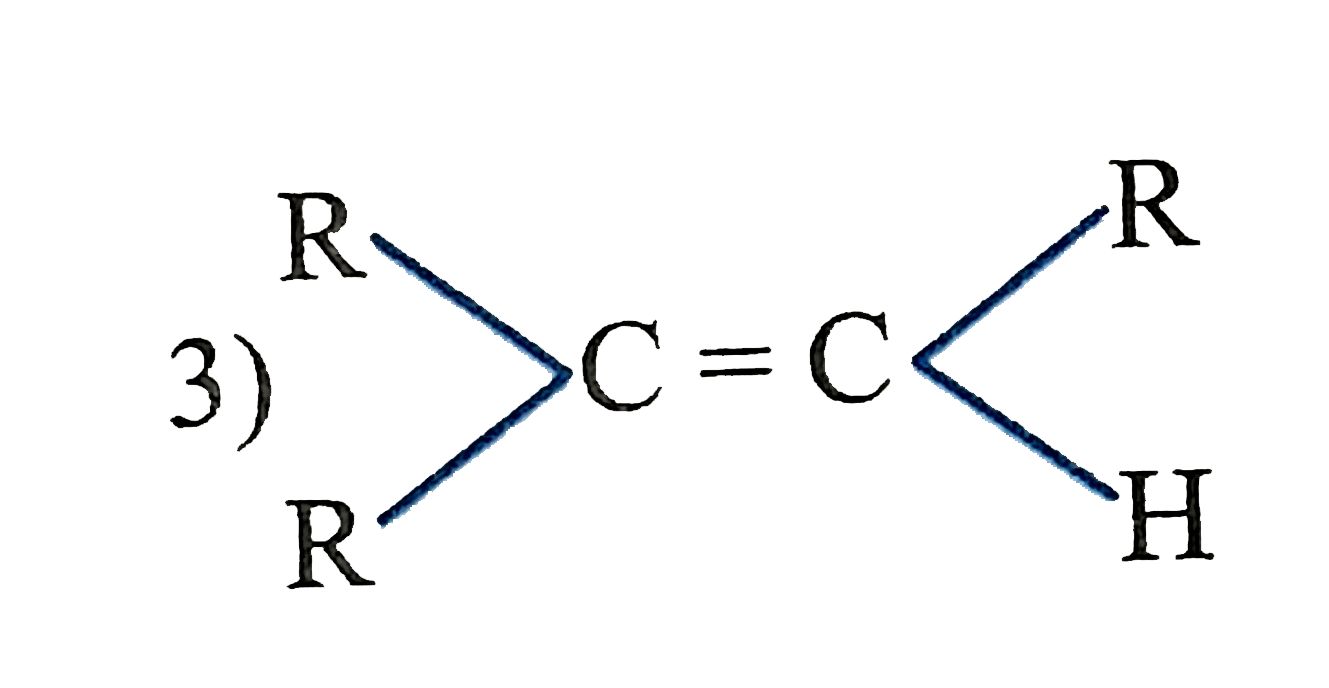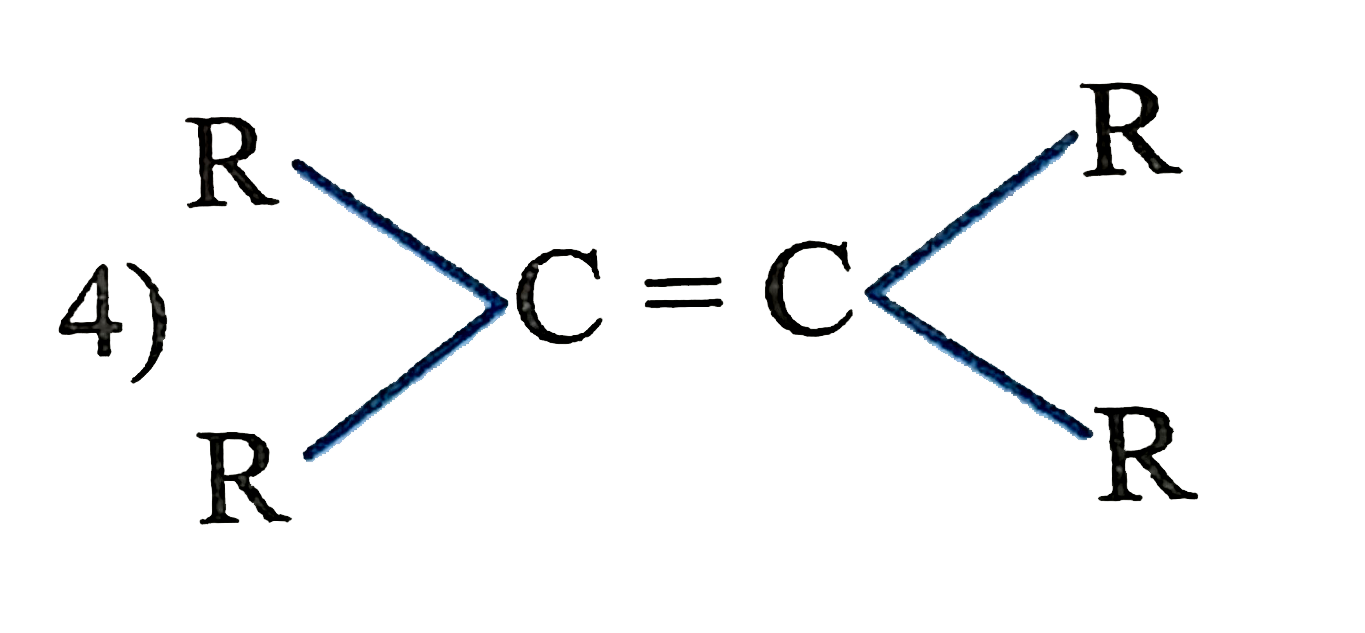Explain the catalytic hydrogenation of alkene to alkane with equation.
Text Solution
The σ bond in the hydrogen molecule breaks, and each hydrogen atom forms a bond with a d electron on an atom in the catalyst Nickel. The two hydrogen atoms then bond with the partially broken π-bond in the alkene to form an alkane.

|
Updated on:21/07/2023
Related Playlists
- BOOK - FULL MARKSCHAPTER - TRANSITION AND INNER TRANSITION ELEMENTSEXERCISE - Additional Questions (IX. 3 Mark Questions.)18videos
TRANSITION AND INNER TRANSITION ELEMENTS
- BOOK - FULL MARKSCHAPTER - TRANSITION AND INNER TRANSITION ELEMENTSEXERCISE - Additional Questions (X. 5 Mark Questions.)4videos
TRANSITION AND INNER TRANSITION ELEMENTS
- BOOK - FULL MARKSCHAPTER - TRANSITION AND INNER TRANSITION ELEMENTSEXERCISE - Additional Questions (VII. Find out the incorrect pair)2videos
TRANSITION AND INNER TRANSITION ELEMENTS
- BOOK - FULL MARKSCHAPTER - SURFACE CHEMISTRYEXERCISE - ADDITIONAL QUESTIONS (5 Marks questions)12videos
SURFACE CHEMISTRY
Similar Practice Problems
- Question 1 - Select One
Adam's platinum used for the catalytic hydorgenation of alkenes is
Aplatinum oxideBplatinum hydrideCplatinum nitrideDplatinum halide - Question 1 - Select One
The relative rate of catalytic hydrogenation of the following alkenes is :
 AI>II>III>IVBIII>II>I>IVCIV>T>II>IIIDIV>I>II=III
AI>II>III>IVBIII>II>I>IVCIV>T>II>IIIDIV>I>II=III - Question 1 - Select One
The reagent used for catalytic hydrogenation of an alkene as well as bring about homogeneous catalysis is
ARaney nickelB(Ph3P)3RhCl Wilkinson's reagentCPd/CDPtO2 - Question 1 - Select One
The catalytic hydrogenation is more easier in case of which alkene?
A B
B C
C D
D
- Question 1 - Select One
The catalytic hydrogentaion more easier in case of which alkene?
A B
B C
C D
D
- Question 1 - Select One
Wilkinson's catalyst is used as a homogeneous hydrogenation catalyst for the conversion of alkenes to alkanes. It is a complex of
APtBIrCNiDRh - Question 1 - Select One
S-I: Alkynes are more reactive than alkene towards catalytic hydrogenation
S-II: Alkynes are less reactive towards electrophilic reactio than alkenesAS-I&II are correct, S-II is correct explanaion of S-IBS-I&II are correct, S-II is not correct explanation of S-ICS-I is true, but S-II is falseDS-I is false, but S-II is true. - Question 1 - Select One
How many isomeric structural alkene on catalytic hydrogenation gives 3-Methyl hexane.
A3B4C5D6

